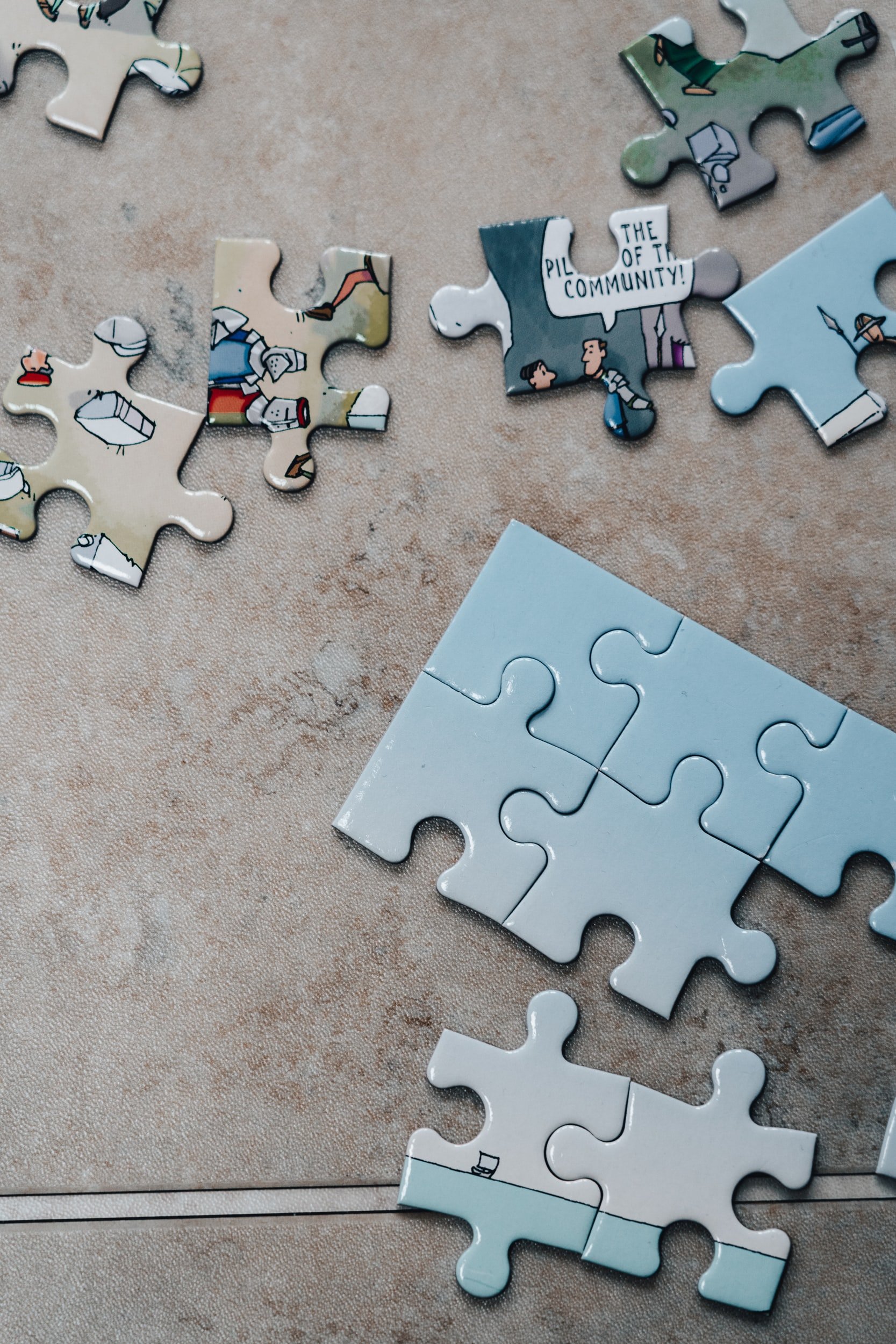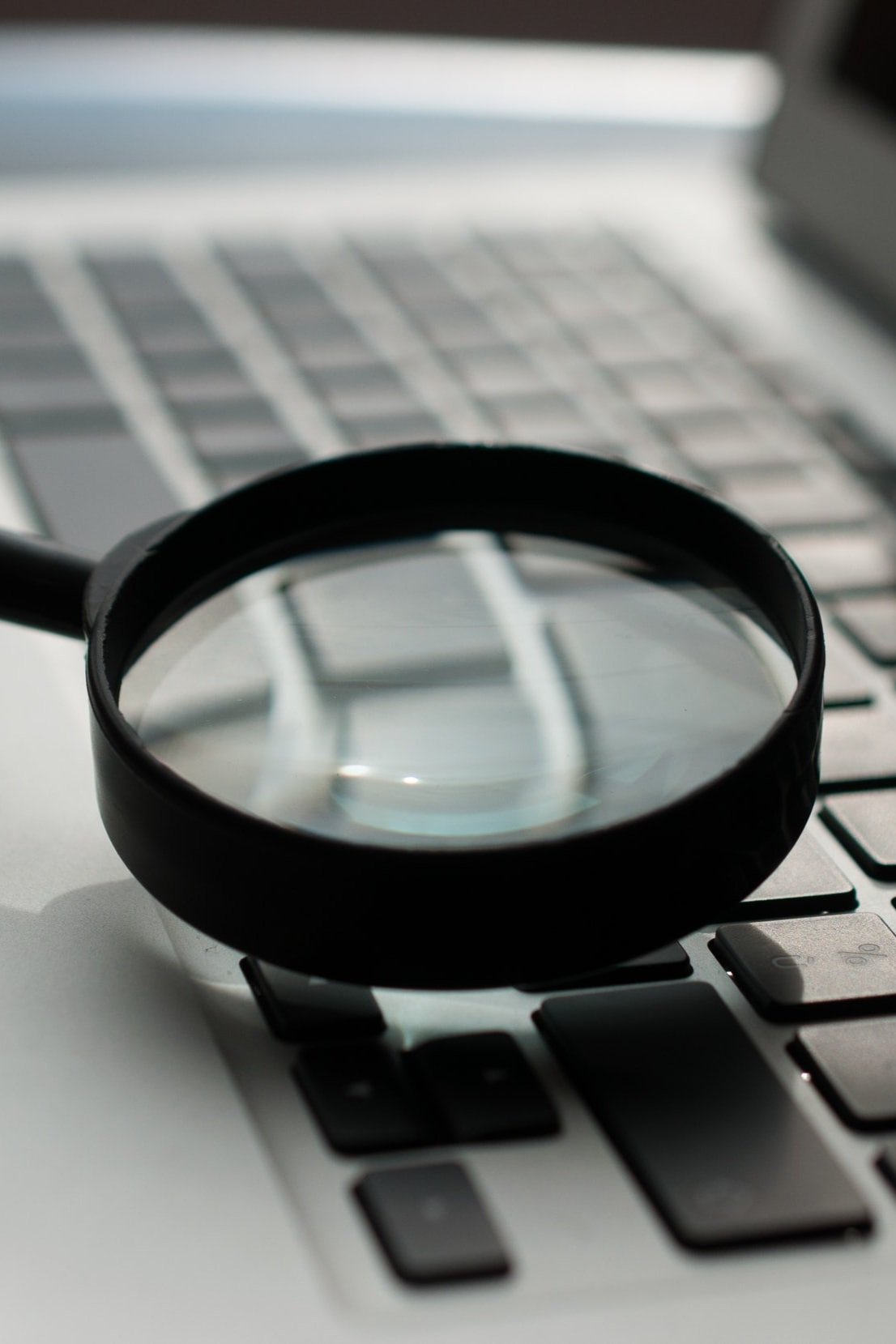Getting to Know Your Post-COVID Customer
Over the last year, we’ve heard a lot about the “new normal,“ the “next to normal,“ and the “post-covid19 customer.“ A lot of new buzzwords? Somewhat. We’ve certainly hit a speed bump! We’re not only checking the kids in the back seat and being thankful they wore seatbelts. We're also checking under the hood to see how our shock absorbers and tires came through that doozie of a bump.
As we catch our breath, we need to count our blessings. We also need to be wary of the next huckster who appears at the side of the road, waving us over to their Post-COVID Tent of Miracles. What do we know? What can we measure? What have we seen change in our businesses over the last year? How can we move ahead to benefit both our business and our customers?
What Has Changed Post-COVID?
The last year has really changed our lives. Our businesses have adapted, and our consumer habits have changed in many respects. A lot can change in any year, but what’s actually changed since 2019?
By the end of the first quarter of 2020, one-third of the world’s population was in some form of lockdown. Some people and businesses have been getting by; some have done poorly, and some are even thriving. We are all reflecting and re-evaluating many aspects of our lives. We are all reconsidering what is genuinely essential.
Our Changing Priorities – Time, Money, and the Human Touch
The COVID pandemic has definitely changed how consumers define their priorities. Some of this is likely to continue past the crisis. Companies need to understand which changes are permanent and which will revert back. Those businesses which can identify and prepare for shifts in priorities are the best positioned to grow.
We have seen how a proactive response to customers’ needs and concerns goes a long way. It can actually reverse the downside of catastrophe. Businesses should ramp up communication and change the tone to a more intimate one. It is a good first step in creating a better relationship with their customers.
To stay relevant, companies still need to address their consumers’ priorities. That will never change. People still want to feel less anxious. Businesses need to be proactive in finding ways to reduce entry barriers -- from easy donation forms to fewer email opt-ins.
Business needs to emphasize the human touch at a time when we are all socially distanced. People are seeking a more balanced and health-conscious lifestyle. It is our job to find our role in helping consumers make the right lifestyle decisions.
Money has become tighter than ever before. We are all more mindful of our spending; we are reflecting more on what is essential and what is frivolous. That doesn’t mean we are donating less – because that isn’t nice to have in a time of uncertainty. At this time, feeling good about ourselves is a necessity. Customers don’t randomly donate – they seek out ways to give on purpose. There is intent behind giving.
Time is also money. Companies need to respect consumers’ time and cut to the chase. It’s never a bad time to be open and honest about what we want and why we want it. People are becoming more price-sensitive. Businesses should look at how to offer more affordable services. Costs are calculated in minutes spent performing an activity as well as dollars.
The post-COVID customer journey looks slightly different now. It is important now that businesses keep an eye out for evolving consumers. Responding to price-sensitive consumers looking for more affordable offers is one way. How best to offer premium experiences is another.
The New Normal is Digitalized - How Your Business Can Stay Relevant
The shifts in consumer trends have been dramatic and sudden. Some of our behaviors will stick with us, and some will not. What has not changed is the need to anticipate changing needs and behaviors. Businesses that can do this will be best positioned for any opportunities for innovation and increased market share.
“As people adjust to more time and less space, we could see an increased reliance on search to help solve their boredom or even similar feelings. Plus with new behaviors forming during the coronavirus pandemic, this shift in typical listening, watching, and searching habits could linger on.” Think With Google
How can companies do this? Here there is no secret. The pandemic has, however, opened our eyes to the need for more digital solutions in our planning:
AI and machine learning are available in manifold ways. We can use technology to provide multiple customer data sources. Winners have the ability to quickly assess growth opportunities and unexpected niche markets.
Caring and connecting has never been as sexy as it is today. Digital tools allow us granular focus on the fundamentals of giving and community.
Personalized and mobile search means being where our customers are before they are there.
Customer satisfaction has turned into customer delight. That delight may be in the little things in our post-COVID society rather than in the glitz and bling.
Digital transformation has shown us that anti-fragile companies become better due to change. They will build on their capabilities in any fast-changing environment, regardless of cause.
The Post-COVID Normal is the Old Normal
Business has always been about people. Trust and expectations in everything we do has not changed., There is a renewed appreciation for what we see as normal. The COVID pandemic has exposed many shortcomings of our system. Specifically, when it comes to relationships and agility. The weakness has been seen in the myriad of standalone, proprietary systems. These systems have been exposed as highly fragile at a time when we require anti-fragile, solution-based solutions.
The COVID pandemic has allowed us to talk about things customers were previously not interested in. Collaboration and integration are just two of those topics. Businesses can now build in the needs of the post-COVID customer with their competencies iteratively and mindfully.
The new normal will be to reduce barriers, increase relevance, and place a premium human experience at the center of our digital solutions. Prioritizing the human experience has always been the way to gain and keep your customer; it’s no different with your post-COVID customer.
Learn how we can customize a solution for you.
Be Certain.









